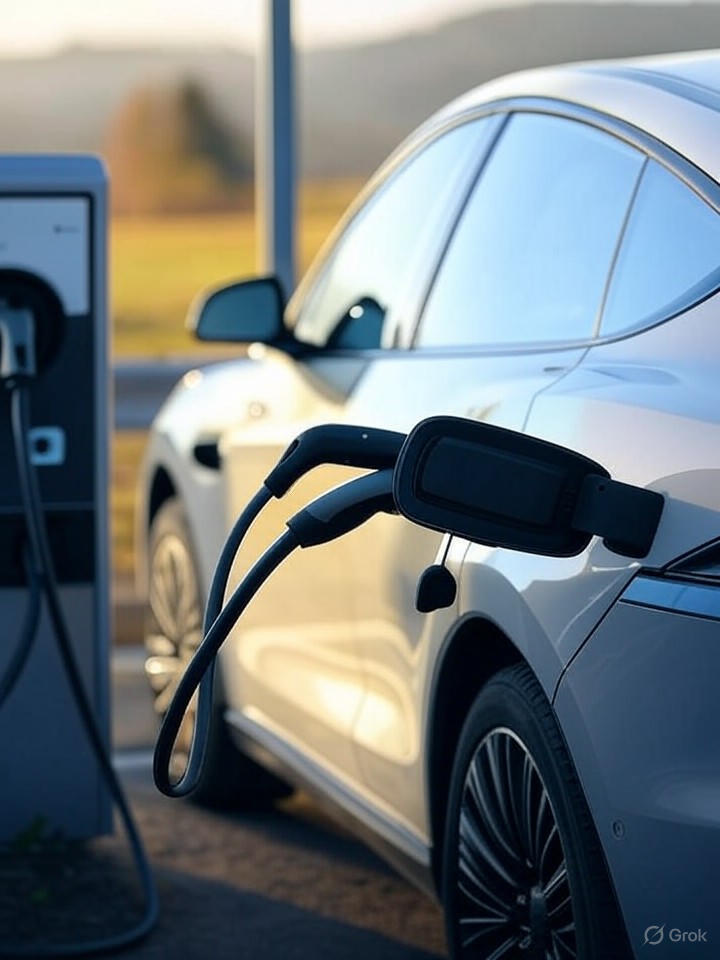In the rapidly evolving world of electric vehicles, the promise of seamless, eco-friendly transportation often collides with the gritty reality of recharging. While advancements in battery technology and charging speeds have made EVs more viable for everyday use, the process of plugging in still lags far behind the simplicity of filling up at a gas station. Drivers accustomed to quick pit stops find themselves grappling with inconsistent infrastructure, variable costs, and reliability issues that can turn a routine errand into a logistical headache.
Recent data underscores this disparity. According to a study from the Harvard Business School, EV charging stations in the U.S. are only about 78% reliable, with erratic pricing reminiscent of the “Wild West.” This unreliability stems from factors like faulty equipment, network outages, and a lack of standardized protocols, leaving owners frustrated and hesitant to fully commit to electric mobility.
Persistent Hurdles in Infrastructure Reliability
Beyond reliability, the sheer availability of chargers poses a significant barrier. In rural areas, where EV adoption is slower, the U.S. Department of Transportation highlights in its 2025 report on rural EV challenges that sparse infrastructure leads to “range anxiety,” deterring potential buyers. Urban dwellers fare better, but even there, public stations are often occupied or incompatible with certain vehicle models, forcing detours that add precious time to commutes.
Improvements are on the horizon, though. The International Energy Agency’s Global EV Outlook 2025 notes a surge in fast-charging deployments, projecting a 20% growth in the U.S. network by year’s end, driven by investments from companies like Tesla and ChargePoint. This expansion includes bi-directional chargers that allow vehicles to feed power back to the grid, potentially stabilizing energy supplies during peak demand.
Cost and Convenience: The Economic Equation
Pricing remains another sore point. Unlike the predictable cost of gasoline, EV charging fees fluctuate wildly based on location, time of day, and provider. Posts on X (formerly Twitter) from users like industry analysts echo this sentiment, with one recent thread noting that public charging can cost up to twice as much as home charging, eroding the financial appeal of EVs. The India Charging Report 2025 by TATA.ev, as reported in The Hindu, reveals similar global trends, where 50% of owners now undertake long trips over 500 kilometers, but inadequate highway infrastructure amplifies costs and delays.
Efforts to standardize pricing are gaining traction. BloombergNEF’s latest analysis, shared in recent X discussions, points to rising costs but also to innovative solutions like dynamic pricing models that reward off-peak usage. In Europe, the House of Commons Library’s briefing on EV infrastructure emphasizes government incentives aiming for 300,000 UK chargers by 2030, which could introduce competitive pricing through regulated networks.
Technological Innovations Driving Change
On the tech front, advancements in ultra-fast charging are closing the gap with gas refueling. The ScienceDirect review on global EV charging challenges from 2023, updated with 2025 projections, discusses wireless charging and AI-optimized stations that predict user needs, reducing wait times. Companies are experimenting with 800-volt architectures for quicker power delivery, as noted in Automotive Technology’s 2025 article on EV electrification.
Yet, these innovations aren’t without challenges. Grid strain is a growing concern, with X posts from energy experts warning that unchecked EV growth could lead to blackouts if infrastructure doesn’t scale. The IEA forecasts that by 2030, global charging demand will require massive grid upgrades, estimated at billions in investments.
Toward a Smoother Future: Policy and Market Shifts
Policy interventions are crucial for bridging these gaps. The Biden administration’s push for 500,000 U.S. chargers by 2030, as highlighted in Bloomberg reports, includes subsidies for rural deployments. In China, where EV sales are set to exceed traditional vehicles in 2025 per C4E’s X analysis, state-backed infrastructure has already made charging more accessible, offering a model for others.
For industry insiders, the key takeaway is balance: while EV charging is undeniably improving—with 16,700 new DC fast chargers predicted for the U.S. in 2025 according to EV Connect’s industry report—it must evolve to match gas’s convenience to achieve mass adoption. Stakeholders from automakers to utilities must collaborate on standards, reliability, and affordability to transform this “sucky” experience into a seamless one. As the sector matures, the focus shifts from mere expansion to intelligent, user-centric design that finally puts EVs on par with their fossil-fuel counterparts.




 WebProNews is an iEntry Publication
WebProNews is an iEntry Publication